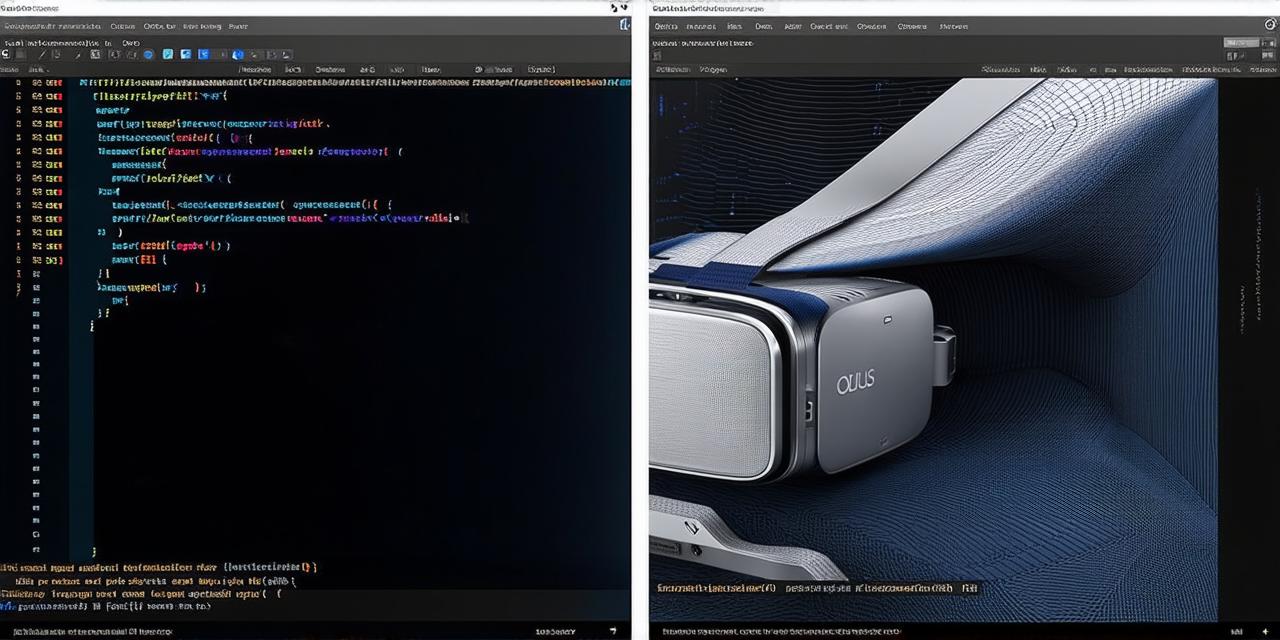Virtual Reality (VR) has revolutionized the way we experience digital content. With its ability to create immersive environments and interactive experiences, VR has opened up new opportunities for developers to showcase their creativity.
Prerequisites
Before you begin your journey as a VR developer for Oculus, it is important to have the following prerequisites:
-
A computer with sufficient hardware: To develop for VR, you will need a computer that meets the minimum requirements set by Oculus. This typically includes at least an Intel Core i5 processor, 8GB of RAM, and a dedicated graphics card.
-
Knowledge of programming languages: You should have a solid understanding of programming languages such as C++ or C, which are commonly used for VR development.
-
Familiarity with game engines: Game engines such as Unity or Unreal Engine are popular tools for VR development. Familiarity with these engines will be helpful in creating your first VR application.
-
Experience with 3D modeling and animation: Creating 3D models and animations is an important part of VR development. Having experience with tools such as Blender or Maya can be helpful.
Getting Started
Once you have the necessary prerequisites, it’s time to get started on your journey as a VR developer for Oculus. Here are some steps to help you get started:
-
Choose a game engine: As mentioned earlier, game engines such as Unity or Unreal Engine are popular tools for VR development. Choose one that suits your needs and start learning its features and functions.
-
Familiarize yourself with the Oculus SDK: The Oculus SDK provides developers with the tools and resources they need to create VR applications for Oculus devices. Spend some time familiarizing yourself with the SDK and its various components.
-
Create your first VR application: Using the game engine you have chosen, start creating your first VR application. This can be as simple as a 360-degree environment or an interactive game.
-
Test and refine your application: Once you have created your first VR application, test it on an Oculus device to ensure that it works as intended. Refine your application based on user feedback and testing results.
Career Path
Becoming a VR developer for Oculus can be a rewarding career path. With the growing popularity of VR technology, there is a high demand for skilled developers. Here are some steps to help you progress in your career as a VR developer for Oculus:
-
Continuously learn and improve: The field of VR development is constantly evolving, so it’s important to continuously learn and improve your skills. Attend conferences, read industry blogs, and participate in online communities to stay up-to-date with the latest trends and developments.
-
Build a strong portfolio: Your portfolio should showcase your best work as a VR developer. Include screenshots, videos, and descriptions of your projects to demonstrate your skills and experience.
-
Network: Attend industry events and meetups to network with other VR developers and professionals in the field. This can help you learn about new opportunities and advance your career.
-
Consider specializing: As you gain more experience as a VR developer, consider specializing in a particular area such as game development or 3D modeling.
